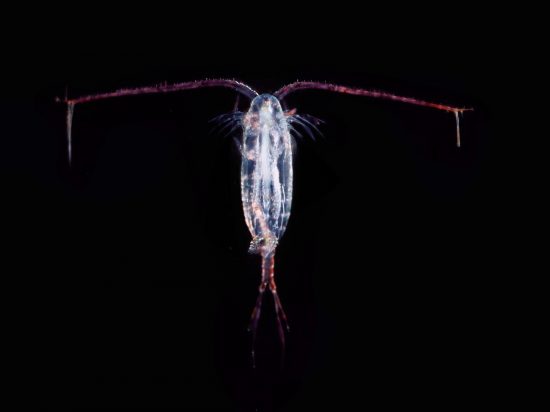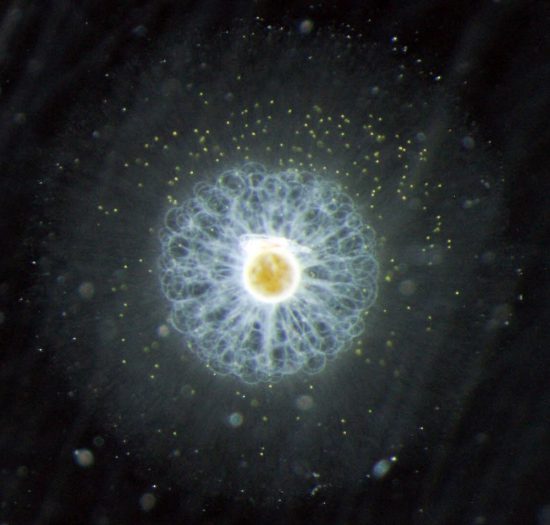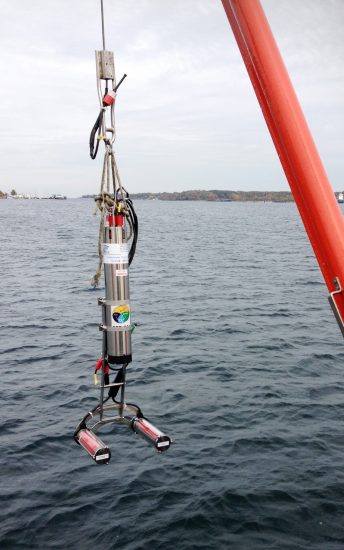





Unicellular
planktonic organisms play a more important role in the marine ecosystem than
previously thought. This was the conclusion drawn by marine scientists from
France and the GEOMAR Helmholtz Centre for Ocean Research Kiel, who published
their findings in the international journal Nature recently.
Their
discovery will affect our understanding of marine food webs and the important
biogeochemical cycles in our oceans.
From
microscopic bacteria to the meter-long jellyfish, the term “plankton” (coined by Kiel marine biologist Victor Hensen in 1880 to mean “free-drifting”) covers a large variety of different organisms. Despite the small size of
many species of plankton, they play central roles in the food webs and
biogeochemical cycles of our oceans. They produce oxygen and absorb carbon
dioxide from the atmosphere, while the larger species serve as a food source
for fish, seabirds and whales. However, their small size and high sensitivity
has proved to be a challenge for researchers in the study of plankton.
According
to this study, unicellular planktonic organisms called Rhizaria comprise
a much larger proportion of zooplankton than previously assumed. “So far, animal plankton was primarily equated
with small copepods. This image needs to be revised,” said co-author Dr Rainer Kiko from GEOMAR.
The study
is based on data collected during 20 expeditions in the past eight years in the
Mediterranean, Atlantic, Pacific and Indian Oceans, using the newly developed “Underwater Vision Profiler” (EIA). This device comprises a light source
and integrated camera; the light source would illuminate and photograph
multiple images of a precisely defined volume of water under the ocean surface.
This in situ imaging system can survey the planktonic organisms, allowing
scientists to identify them and quantify their frequency.
This sampling method has significant advantages over previous methods, as organisms that
are at least half a millimetre can be studied without having to remove them
from their habitats and interfere with their environment. Co-author Dr Helena
Hauss from GEOMAR commented that before this method, plankton had been caught
with fine-mesh nets, brought on board and then counted in the laboratory.
However, this had led to the loss of many Rhizaria as they were
destroyed in the course of the sampling.
As the
sampling has revealed, the proportion of Rhizaria in the oceans is far
greater than what one would have anticipated based on the previous net catches – on average, they account for one-third of
zooplankton. In addition, they have been found to be strongly represented in
the nutrient-poor tropical oceans.
“In
biogeochemical models to food webs, or the influence of plankton on the carbon
cycle and climate, the Rhizaria has been hardly mentioned - this must change
now. In the open tropical oceans, they play a similarly important function as
the corals in coastal areas.
 Mares
Mares 29th April 2016
29th April 2016